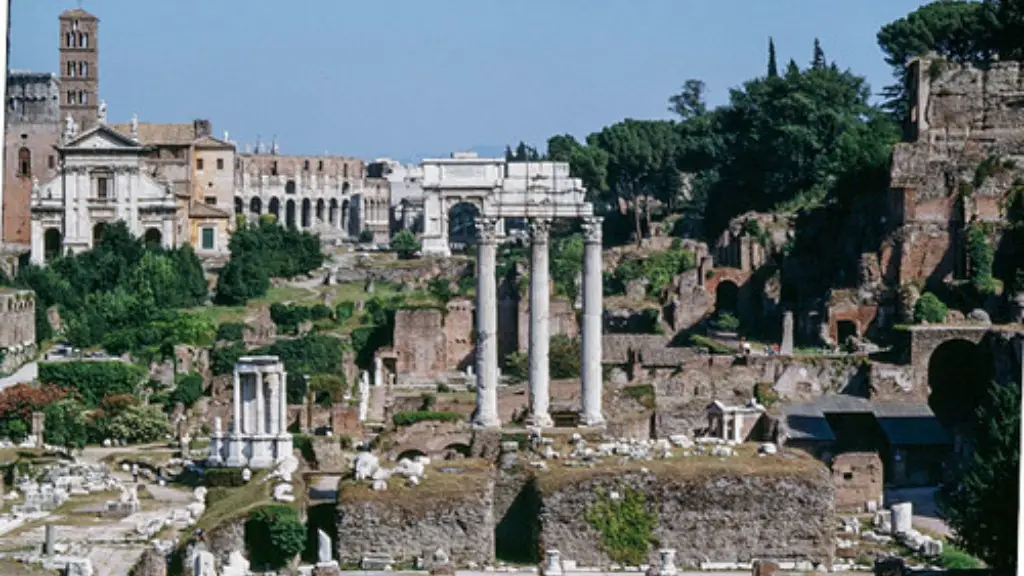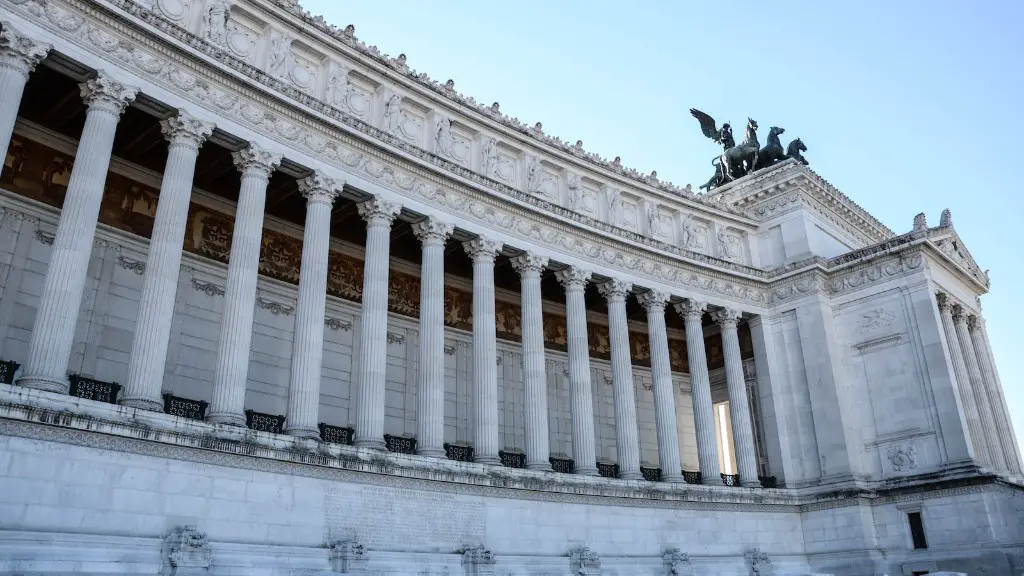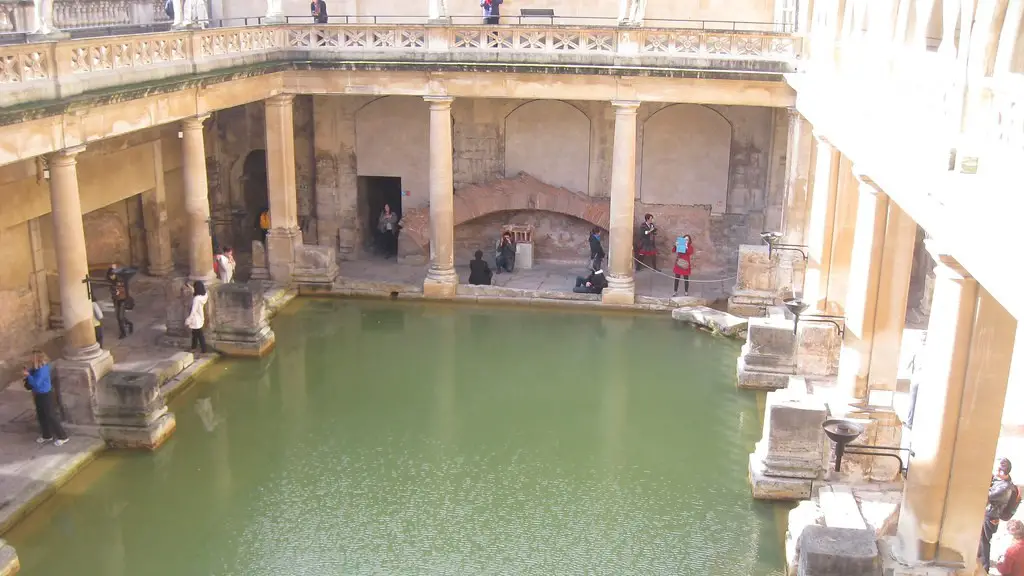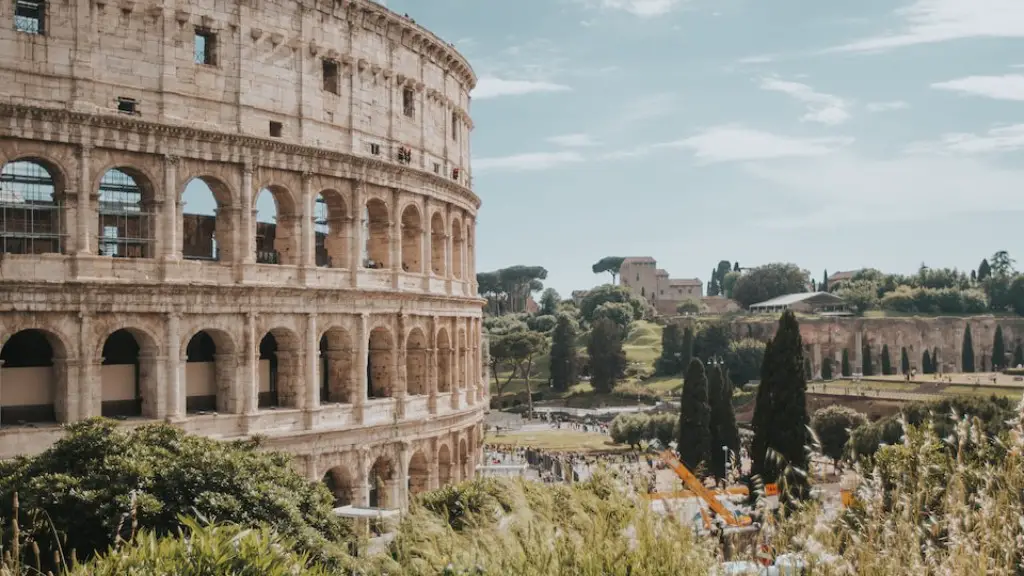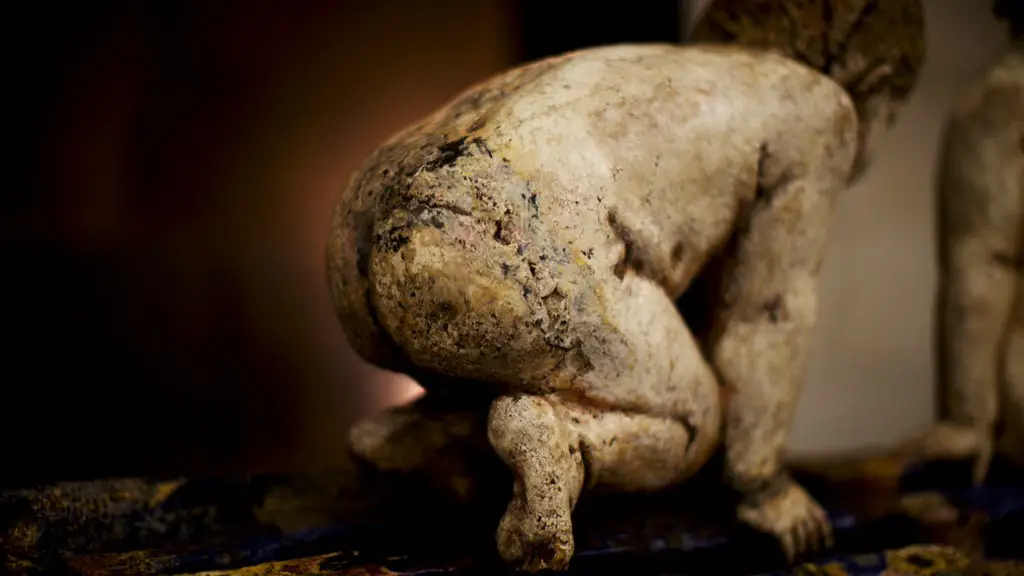2013 marked the year of the bimillennial celebration of Ancient Rome. But what year did Ancient Rome actually start?
In 753 BC, according to legend, Romulus and Remus founded the city of Rome. Through archaeology, this has been confirmed to be the time of the first settlers. Unfortunately, the early years of the city are not well documented, with records being scarce. What is known is that it was a period of growth and innovation, particularly in regard to politics, commerce and engineering.
The monarchy flourished in the time of Rome’s first king, Tarquinius Priscus (609-579 BC). He was responsible for many of the city’s progressive actions such as the introduction of coinage and the formation of a senate. He also began construction on the Cloaca Maxima, Rome’s earliest sewer system, and paved the way for the expansion of the Roman Empire.
The Republic of Rome was established in 509 BC and the legendary figure Julius Caesar united Rome around 49 BC. The Republic ushered in a period of vast and sweeping social reforms, with ruling by elected representatives of the people replacing a monarchy. It was these changes which set the stage for Rome to become a major power in the Mediterranean, ultimately laying the foundations for the formation of the Roman Empire.
The Empire rose to power in the third century BC. Roman rule extended to Spain and North Africa during this period and its influence on intellectual, economic, and military fields was felt widely. Culturally, literature was burgeoning along with the development of classical art and architecture.
Rome’s success did not last in the face of internal and external pressures. Historians agree that the fall of the Western Empire was gradual and was primarily caused by a series of factors such as civil wars, invasion and migration, a ruling class in decline, social unrest and an ineffective legal system. This led to the deterioration of the western empire and final collapse of the Roman Empire in 476 AD.
Religion
Religion played an important role in the formation of Ancient Rome and the Roman state. From its earliest days, Rome had been ruled by kings who championed the worship of their gods through religious practices, rituals and festivals. This led to Rome becoming a polytheistic, animist civilisation. Although the practices of the traditional pantheon were widespread, the gods associated with this time have been largely forgotten by today’s society.
In the late Republic and Imperial periods of Ancient Rome, the predominant religion became Christianity. This belief system offered a more structured and unified version of religious beliefs. Rome was one of the first empires to adopt this faith and it eventually become the official religion of the state. Christianity played a key role in shaping the culture and politics of Ancient Rome, and its adoption continued to grow until the fall of the empire.
Detractors
Ancient Rome has its detractors as much as its admirers. Generally, the Roman Empire is criticised for its abuse of power, its treatment of foreign peoples and its sanction of slavery. The Romans were expansionists and conquerors, and their excessive use of military power left a lasting negative impression in the collective memory of their conquered regions.
Despite their military success and cultural output, there is no denying the brutality perpetrated by the Roman Empire. This has lead many to view its complicated legacy in a negative light.
Impact on modern society
While not all of Ancient Rome’s legacy is well-regarded, there is no dispute to its immense influence on our modern age. A host of Roman principles and practices are still revered today, including its centralised government, rule of law and the contribution from its literary works.
The Roman Republic’s complex system of governmental checks and balances serves as the blueprint for modern democracies. Its contributions in domains such as art, architecture, engineering, literature, law and language have been used as the basis for contemporary society. Given its immense influence, it can easily be said that Ancient Rome laid the foundation for much of what characterises our contemporary world.
Language
The Latin of Ancient Rome had the greatest influence when it comes to the language of our time. Latin was the language spoken by the citizens of Ancient Rome, and it spread to many of the cultures that the Roman Empire conquered. It was adopted by the Byzantine Empire, which helped to spread its use throughout Europe.
Today, many languages (both dead and living) still bear the influence of Latin. The Romance languages of Spanish, French, Portuguese, and Italian are directly descended from Latin. Modern English, German and Scandinavian languages also borrowed heavily from Latin in terms of word structure and grammar. This makes the legacy of Ancient Rome in terms of language indisputable.
Architecture
The architecture of Ancient Rome was heavily influenced by the Greeks. From its earliest days, Rome was often seen as a civilisation inspired by Greek architects, who borrowed heavily from the techniques originally established in Greek architecture. Roman engineers and architects sought to create buildings that were imposing and practical, built to last. This was particularly the case with the monumental structures they eventually constructed.
Roman buildings are distinguished by their impressive scale and grandeur. They are recognised for their immense arches, tall columns and the use of durable materials such as stone and concrete. Their structures also highlight the precision and skill of their builders, as many of these ancient structures are still standing today. Such examples include the Colosseum and The Pantheon.
Art
Ancient Rome was home to a diverse array of artworks spanning from Greece, Egypt, the Near East and Etruria. This mixture of artistic cultures is represented in many surviving sculptures, frescoes and mosaics. It is believed that Roman art was made for both aesthetic and practical purposes and often featured religious or political themes.
Despite the influence of other cultures, the Romans developed and perfected their own form of art. A distinct style of architecture, sculpture, painting and pottery was established in this time period, most notably in painting and sculpture. The craftsmanship remains lauded, with examples of Roman art still admired today.
Literature
Roman literature flourished during the Republic and Empire. Famous works such as Virgil’s Aeneid, Homer’s Iliad, Cicero’s Orations and Plutarch’s Lives of the Caesars have made a lasting impression and serve as the foundation for much of modern literature. Roman authors also wrote retellings of myths and fables, which are still highly regarded in many communities today.
Roman writers not only sought to shape discourse around politics and religion but also to educate, inspire and entertain the public. As such, Roman Literature continues to be a major source of insight into the mindset of a civilisation that has had such a monumental impact on our world today.
